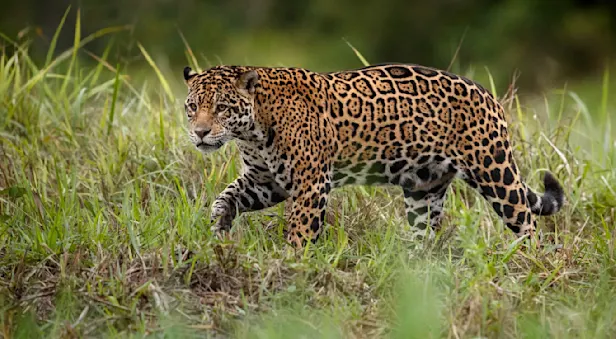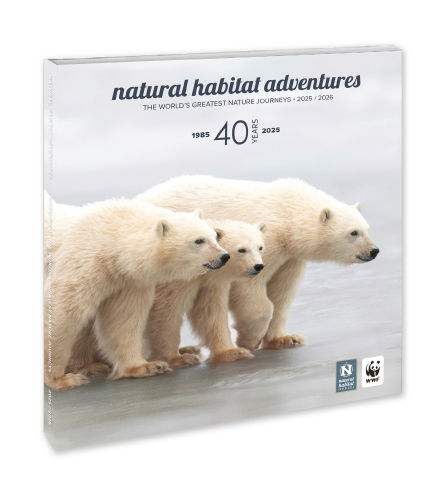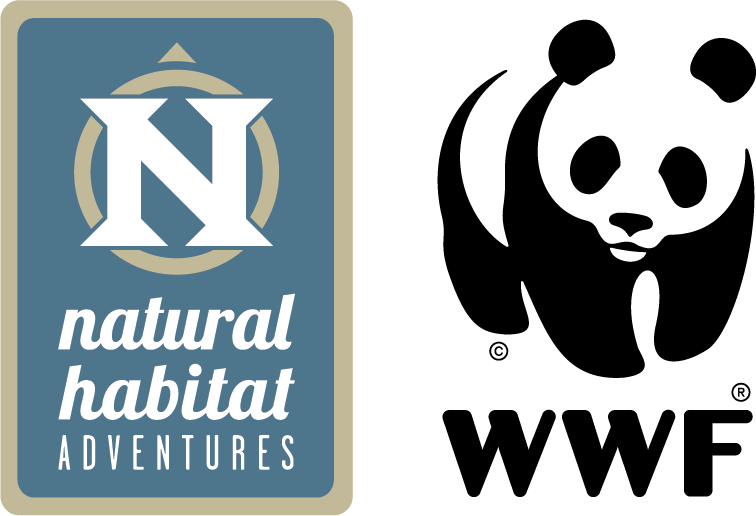Jaguar Facts | Brazil Wildlife Guide
The majestic jaguar is the largest and most powerful of South and Central American cats. An adult male jaguar is more than 7 feet long, stands 2 feet at the shoulders, and weighs up to 200 pounds. The animal’s head and shoulders are colossal, while its legs are relatively stout. These creatures are adept hunters, swimmers and climbers. They are comfortable in an array of habitats. They also enjoy lounging by riverbanks in the Pantanal, lazily sunning themselves with one large paw hanging in the water, awaiting the tasty morsel of a passing turtle or fish. They prey upon a wide variety of land, water and tree-dwelling animals and are capable of biting through a crocodile’s skull. They sometimes ambush their unsuspecting prey by leaping out of trees, making a kill with one, powerful bite.
Even though jaguars are a protected species, poachers still hunt them for their valuable coats, which are sold illegally. The biggest threat to what is left of the jaguar population is habitat loss. Deforestation causes clashes with ranchers, who sometimes kill the displaced cats for preying upon their livestock.
Jaguars are nocturnal, spending most daylight hours snoozing in the sun. Male jaguars mark an area of about 65 square miles and spend nights stalking deer, peccaries, agoutis, tapirs, monkeys and birds. If the hunting produces poor results, jaguars will venture into rivers and scoop up fish with their large paws, and they have even been known to wrestle caiman from the waters. Rivers are where jaguars go to hunt large tapirs when they come to drink.
Jaguars are incredibly secretive, and it is far more common to see their tracks than to see the animals themselves. However, on this trip we will be spending time in Porto Jofre, which offers the highest concentration and best chance in the world of seeing jaguars in the wild.Header Credit: Gary Paige
See Jaguars on These Latin American Adventures

Jaguars & Wildlife of Brazil's Pantanal
Track jaguars, scout for tapirs, look for hyacinth macaws and more in South America’s most extensive wild frontier—the sprawling wetlands of the Pantanal—with some of the planet's most abundant wildlife.
























